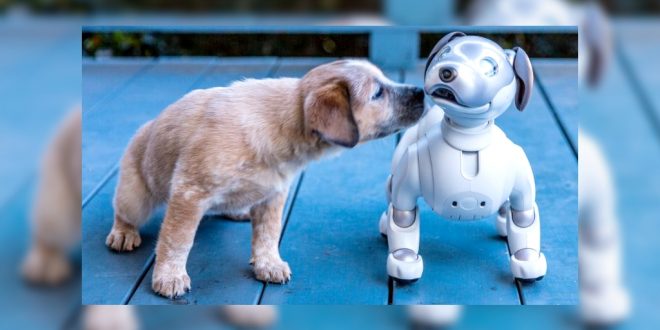There are numerous trained sniffer dogs that sniff out drugs, explosives and missing people on a daily basis. These service dogs are invaluable for security but they can get tired. To lessen the burden of sniffer dogs on duty, scientists have developed an artificial ‘robot nose’ device that can help the officials to sniff out narcotics, explosives and track missing people.
Robo-nose idea
The researchers from Duke University, US developed a prototype that is based on odor receptors grown from mice DNA. The study was published in Nature Communications.
“This idea of an artificial nose has been present for a long time. The receptors were identified in the 1990s, but there are significant technical hurdles to produce all these receptors and monitor the activity so that we can use that in an artificial device. The idea is that by using the actual, living receptors, maybe we can develop a device similar to animals. Nobody has achieved that yet, but this study is moving toward that goal,” said Hiroaki Matsunami, a professor of molecular genetics and microbiology in the Duke School of Medicine
How was Robot nose created?
Firstly, the odor receptors were created to target odors such as cocaine, marijuana etc. The scientists created a liquid medium primed with molecules to check the reaction. They copied about 80% of the odor receptors from mice and mixed it with seven other target odor chemicals in the medium.
Secondly, they measured the resulting luminescence and identified the best receptors to be used for the second phase of the study that involved monitoring of receptor initiation in real time.
Lastly, the scientists tested the odor receptors against the odour vapours they had primed for in the first stage.
Importance of nasal mucus identified
The researchers tested various enzymes present in the mucus to figure out how they could affect the reactions.
“When the chemical dissolves in the nasal mucus before binding to the receptor, it might be converted to another chemical by enzymes in the nasal mucus,” said Hiroaki Matsunami.
It is believed by team that the reconstructing the key elements of the nasal mucus could be the key in building the artificial nose similar to dogs.
Using human, dog and mouse cells
According to the researchers human, dog and mouse genomes collectively contain over 20,000 genes that contain data for creating proteins that smell, taste, feel and move similar to living beings.
The senior researcher Matsunami says that mouse genes have about 5% odor receptors instructions while humans have only 2%.
The future
The researchers plan to fine-tune the device to identify even more smells.
“We have a panel of receptors so we can monitor how different receptors respond differently to various smells, including ones that are similar to each other in chemical structure or ones that might be related to real-world use, like something associated to explosives or drugs. It’s not like our paper will be immediately applied to a portable device used in the airport soon, but this is an important step forward to show that it is possible,” Matsunami said.
Reference: IndiaToday.in

 DogExpress
DogExpress

















 in Chandigarh, India.
in Chandigarh, India. 
